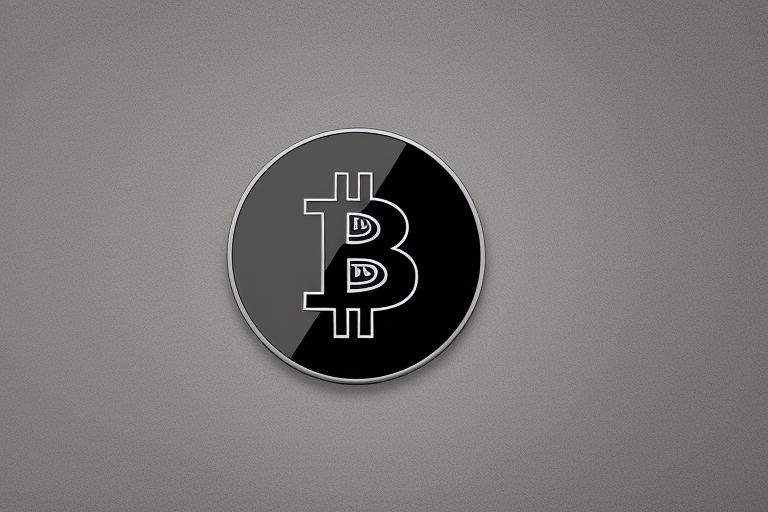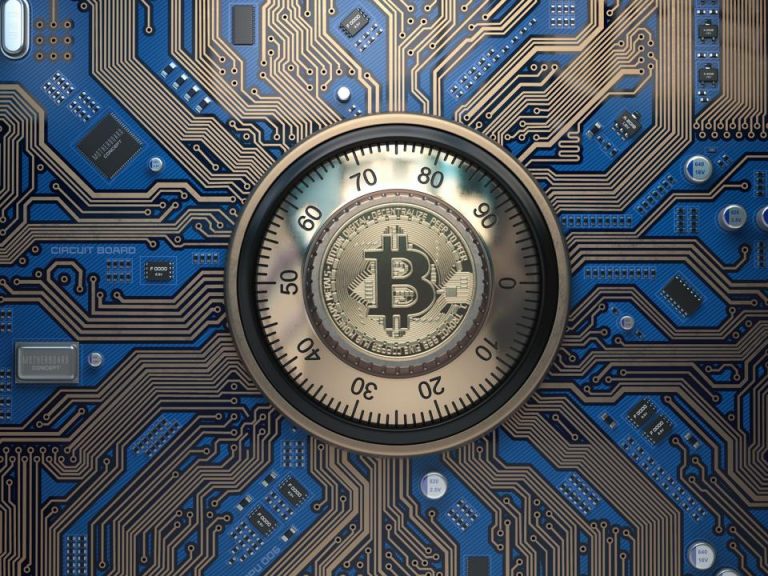Christians have a special ritual that publicly highlights a person’s acceptance of the religion and Christ known as the baptismal ceremony. During a person’s initiation, they are required to wear religious outfits and accessories. One of the most used vestments is called the baptism stoles. Usually, you will see embroidered white-colored stoles with religious patterns on them. These stoles symbolize innocence and purity. They are significant due to their tangibility. Many parents hold dear to their children’s stole for years. This guide explores ways to make your stoles stunning and gives ideas to incorporate under a budget.
The Beginning of the Practice & its History
As aforementioned, the ceremony revolves around a person’s admission to Christianity. It might be interesting to note that the tradition began from the Jews’ custom of using water for purification and cleansing. Around the second temple period, John the Baptist baptized the Christ himself. And Jesus brought that into Christianity. Many people call the practice christening as well. Anybody who desires to accept the faith can become a Christian through this ceremony. Infants, children, and adults, anybody from any age group are allowed for the conversion. It is believed that infants who are baptized will get to heaven and help to remove their sins. Also, many firm believers regard baptism as essential for salvation.
Understanding the Fabric & its Importance
You will generally find two kinds of stoles. A regular satin sash and a thicker more durable satin stole. The material is identical to the bridal gowns. Also, satin is highly sought-after because of its smooth and luxurious feel. They are highly durable and affordable making them an ideal choice. Typically lighter shades like white or ivory are preferred in many religious ceremonies. The white color is a symbol of purity and enlightenment. It helps connect to a greater power and represents new beginnings. Ivory is a great alternative to white. Just like white, the ivory color is elegant and serene. You will see the color in elephant tusks. These tusks are used to make religious statues symbolizing a correlation between spirituality and color.
Designing the Perfect Baptism Stole For Yourself or a Loved One
After deciding on your base it is important to know which elements you wish to add to the stole. Primarily, you can use three methods for adding graphics: embroidery, DTF printing, and sublimation. Some designs look great in embroidery, for example, adding the baptizand name, their birthdate, and a cross creates a memorable stole. On the contrary, if you are looking for a vibrant multicolored pattern, getting the stole printed or printing it yourself can be useful. Include religious elements like the open bible, praying hands, crosses, doves, the holy spirit symbol, and the fish to create a stole one of a kind. Select the length of your stole according to the height of the wearer. For babies and young kids, 36 inches is an ideal length, and the soft satin material is comfortable for them.
Mark The Ceremony & Keep The Memories Alive For Years To Come
Baptism means a lot to the believers as it’s considered a person’s rebirth. On the holy day, God blesses the person abundantly. Wearing personalized stoles on the occasion helps celebrate the rituals beautifully as the religious scarf helps elevate the wearer’s outfit. The stoles complete the attire graciously. It catches the attention of people. You will see priests wearing stoles as well, hence they carry a lot of honor. Also, for parents storing their child’s stole helps them preserve that memory. For adults, every time they will look at the stole it will reinforce their faith and give them inner strength. If a loved one is going to be baptized, you can gift them this, they will appreciate the sweet gesture and it will be a symbolic moment.












 Bitcoin
Bitcoin  Ethereum
Ethereum  Tether
Tether  XRP
XRP  Solana
Solana  USDC
USDC  Cardano
Cardano  TRON
TRON  Lido Staked Ether
Lido Staked Ether  Avalanche
Avalanche  Toncoin
Toncoin